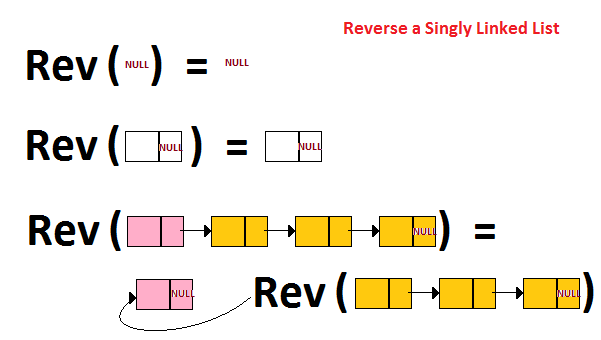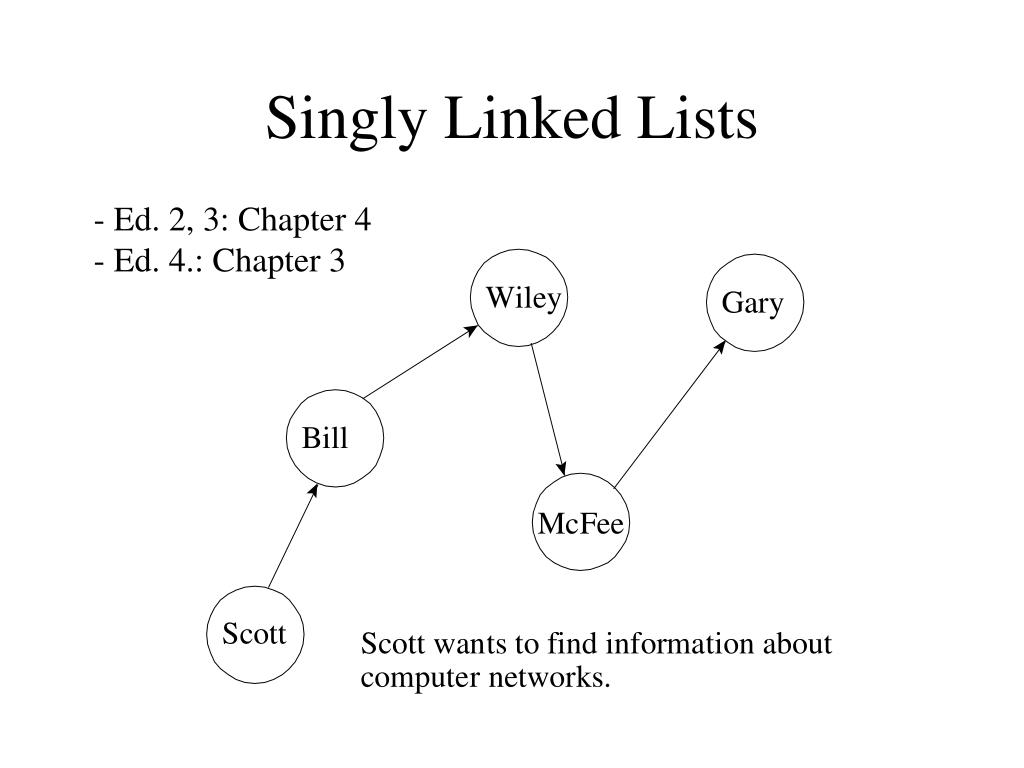

Now we go ahead and push an element to the front. We've got here our list with four elements in it: 7, 10, 4, and 13. So lets look at the times for some common operations.

We can add a particular key-if we want to splice in a key into a list we can actually add in a key either before a given node or after a given node. Is the list empty or not? That's as simple as checking is the head equal to nil. You can erase an element and then again run yourself down the list til you find the matching key and then remove that element. You can find whether an element is in the list and it's as simple as just running yourself down the the list looking to find a matching key. These seem uniform in there, but there is a difference in that the runtimes are going to be different between those, and we're going to talk about that. With PushBack, later on in a later module, we'll actually use the word Append for that, or TopBack, or PopBack. The same things that we can do at the front of the list, we can also do at the end of the list. Or we can remove the front element of the list, called PopFront. We can return the front element of the list. So that takes a key, adds it to the front of the list. So we can add an element to the front of the list, and that we're calling PushFront. But normally the operations provided are roughly these. What are the operations that can be done on a linked list? There's several of them, and the names of these sometimes are different, in different environments and different libraries. And then a pointer that points off to the next node that contains a key 10, and a pointer that points off to the next node 4, points off to the next node 13, 13's next pointer is just nill. So head is a pointer that points to a node, and that node contains two elements, the value 7. The diagram below shows more detail of what's going on. How this actually works is that a node contains a key which in this case is these integers, and a next pointer. So here in our top diagram we show head points to the node containing 7, points to the node containing 10, points to the node containing 4, points to the node containing 13 doesn't point anywhere. So linked lists, it's named kind of like links in a chain, right, so we've got a head pointer that points to a node that then has some data and points to another node, points to another node and eventually points to one that doesn't point any farther. You will also learn how services like Dropbox manage to upload some large files instantly and to save a lot of storage space! View Syllabus What are good strategies to keep a binary tree balanced?
SINGLY LINKED LIST HOW TO
How to implement a hash table so that the amortized running time of all operations is O(1) on average?Ĥ. How priority queues are implemented in C++, Java, and Python?ģ.

What is a good strategy of resizing a dynamic array?Ģ. You will also learn typical use cases for these data structures.Ī few examples of questions that we are going to cover in this class are the following:ġ. This will help you to understand what is going on inside a particular built-in implementation of a data structure and what to expect from it. You will learn how these data structures are implemented in different programming languages and will practice implementing them in our programming assignments. In this online course, we consider the common data structures that are used in various computational problems. A good algorithm usually comes together with a set of good data structures that allow the algorithm to manipulate the data efficiently.


 0 kommentar(er)
0 kommentar(er)
